Guide to China prototype: How to make a prototype?
The exclusive guide from ideas to products: Design, Prototype and Manufacturing in China.
Jumping straight to production from product design is much like gambling – you may win it all, but chances are you will go home empty-handed. Thousands of defective products are produced and distributed in China every day, and while some of those are genuine manufacturing mishaps, much of the disappointment could have been easily prevented if only the goods were thoroughly prototyped and tested first. This is common thing about China prototype and China manufacturing.
See, Chinese manufacturers make products based entirely on engineer’s drawings or products provided. If those are faulty at the core, factories are certainly not responsible for the defective product. Not their problem that their examples were not thoroughly tested beforehand!
Let us make it crystal clear: prototyping and testing are essential steps that you must not skip! However, it is equally important that you understand the specifics of China prototype which is why we decided to put this guide together.
Take the below tips into consideration, and your experience with designing, China prototype and China manufacturing will run smoothly from start to end!
The reason why Chinese manufacturing is cheaper…
…is exactly the one we have briefly mentioned above: Chinese manufacturers will NOT adjust the design for you unless explicitly outlined in your contract, meaning you will get EXACTLY what you ask them to make, no matter how inherently faulty the product is. This means that if no testing is conducted, there is a huge risk of getting huge batches of terrible quality goods without any chance of getting your money back (the work is done, after all).
This brings us to the next point…
Communication is crucial for successful product development
Being a highly interactive experience, product development and prototyping relies heavily on quality communication between yourself and the development team (such as your partners in China). Whoever you decide to engage with, make sure their communication skills are exceptional – and we aren’t only talking about general ability to communicate ideas. The language barrier struggle is real, and not all Chinese employees speak perfect English.
You have a couple of less than great options to overcome this hurdle, such as spending months trying to get your ideas across anyway, or spending the same – if not greater – amount of time trying to find suitable businesses with English speaking staff online.
We do have an alternative solution, however – the most time efficient approach is to seek an experienced outsourcing agent proficient in English with technical expertise and relevant industry experience. Fortunately, even though it may sound complicated, there is high demand for such professionals, and they do their best to advertise their services, so you will likely find someone relatively quickly.
Intellectual property considerations
Now, let’s sweeten the pill a little bit and talk about one of the major advantages of manufacturing in China and China prototype: when it comes to intellectual property (IP), the situation is improving dramatically. So long as your contract is crystal clear (we do recommend talking to a lawyer about it), chances are that everything manufactured on the line will be yours, and yours alone. Just do not forget to specifically state that no copies of the goods can be reproduced!
Lock it in from the very beginning
If after doing your research you found a factory with that has a strong research and development team with outstanding communication skills – consider yourself a winner and lock in a contract as soon as possible! Chances are that if you are 100% set on manufacturing your product with the factory, your design and prototyping fees will be waived or greatly discounted.
In addition, combining design and manufacturing under one roof will significantly lower the overall costs of your venture, thanks to reduced development costs, costs per unit, marketing and overall risks. As a bonus, you also won’t have to fly your engineers to China several times a year, which is quite an expense on its own!
Where to look for a great factory?
The answer is Shenzhen – the tech hub of China and a famous manufacturing and consumer electronics powerhouse. As little as thirty-five years ago, it was just a tiny fishing village on the outskirts of Hong Kong. However, the times changes when China’s Communist Party leader Deng Xiaoping turned the city into a designated economic zone, opening it to foreign investments.
Today, Shenzhen is one of the fastest growing cities in the world, currently standing at over 12 million official residents (compare it to 30,000 in 1979, when the capitalistic transformation just started!).
Shenzhen is especially fruitful for development and manufacturing of electronic products, such as consumer electronics, as well as printed circuit board (PCB) prototyping, manufacturing and assembling. This is the ideal place to look for electronic manufacturing services and pcb China. After all, the city makes the whopping 90 percent of the world’s electronics, which means there is no better place to start!
Combine rapid growth with competitive prices, good quality of produced goods, easy access to raw materials and a well-developed supply chain with expert packagers and shippers just around the corner, and you will get manufacturing heaven on Earth, which Shenzhen certainly is!
However since most of the population in Shenzhen don’t speak fluent English, you may have to find a Shenzhen interpreter to bridge the language barrier. Also you may want to find a China sourcing agent that has expertise in electronics when sourcing electronics. This is the guide of looking for sourcing agent in China and how to find a sourcing agent in China. With a proper guide, you may even be able to find some existing products similar to your prototype in China electronic market.
Conclusion
While looking for good partners in China and locking in contracts may be a little overwhelming at the start, with time and practice you will soon catch the wave and find the best prototyping and manufacturing arrangements. Just follow the tips above and consider outsourcing some parts of the process to skilled local negotiators – and you will soon find that doing business in China is a very economically sound decision.
Hope you enjoyed this guide, and watch this space for more similar materials!



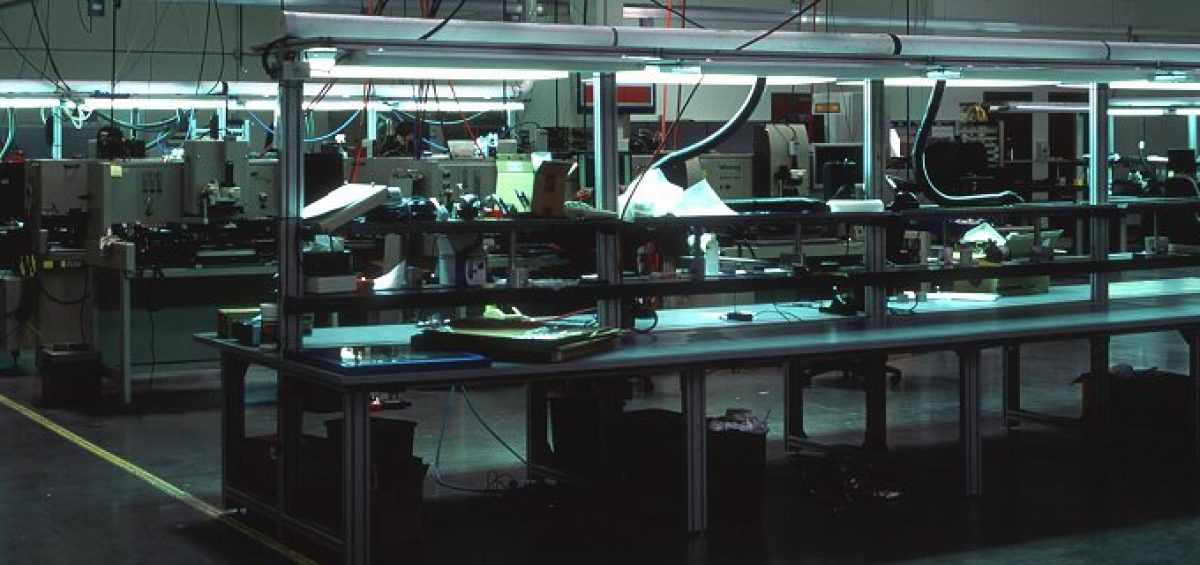
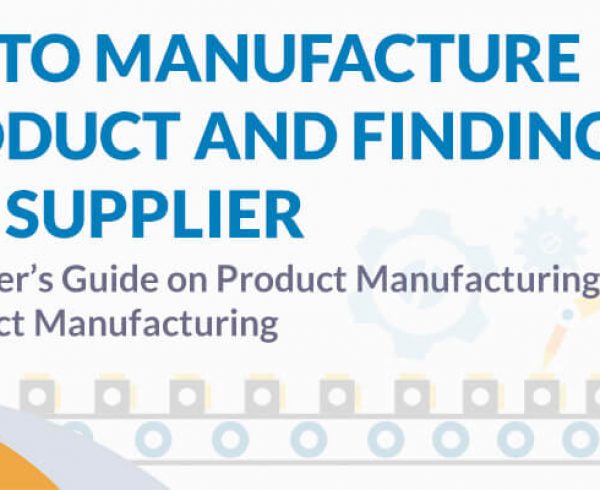
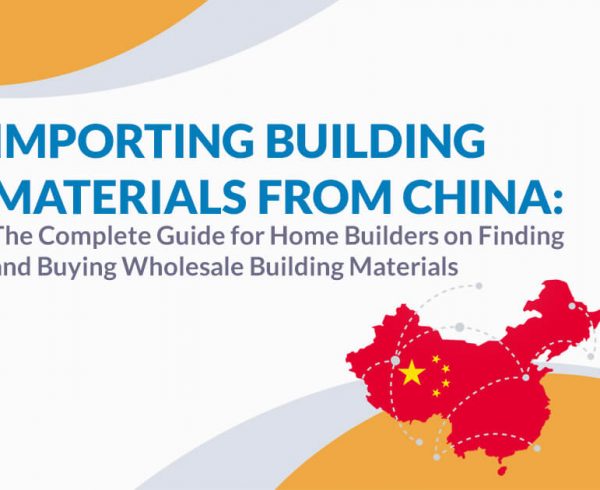



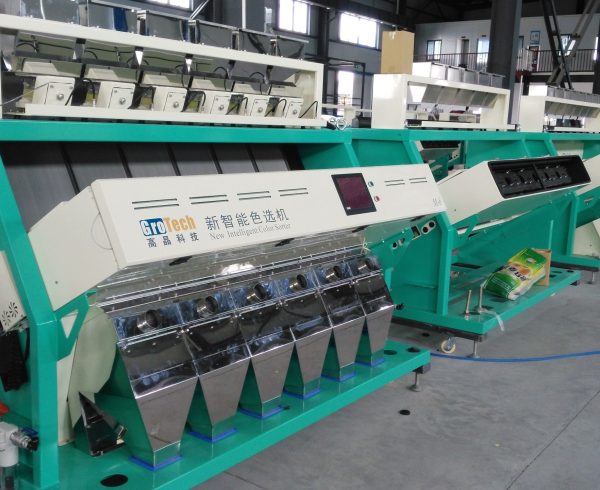
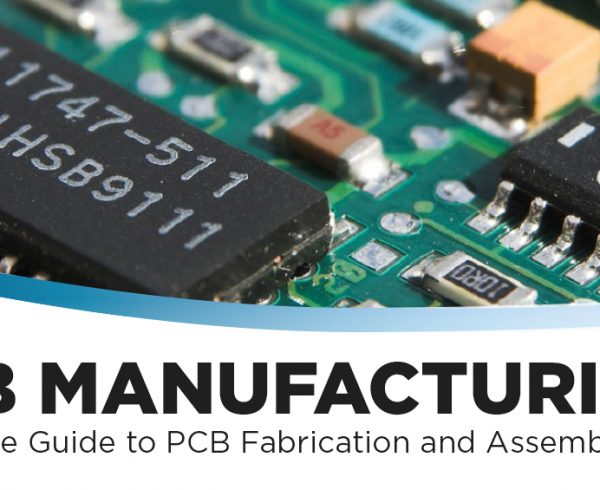




50 comments